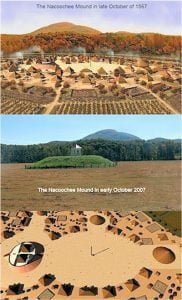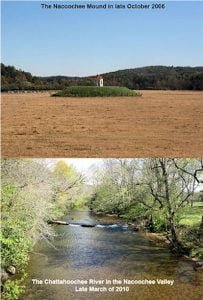Eastern Woodland Wigwam
Although as was discussed in an earlier article on the Apache wickiup, some indigenous tribes still lived in very primitive shelters up until the late 1800s, most had long developed larger, sturdier houses that could be heated in the winter. One of the most common types of native houses in the Midwest and New England was the wigwam. It had obviously evolved from the wickiup type shelter, but was far more spacious and durable. A buffalo or bear skin door could seal the opening to block cold winds and rains. It was large enough for occupants to stand or build … Read more








